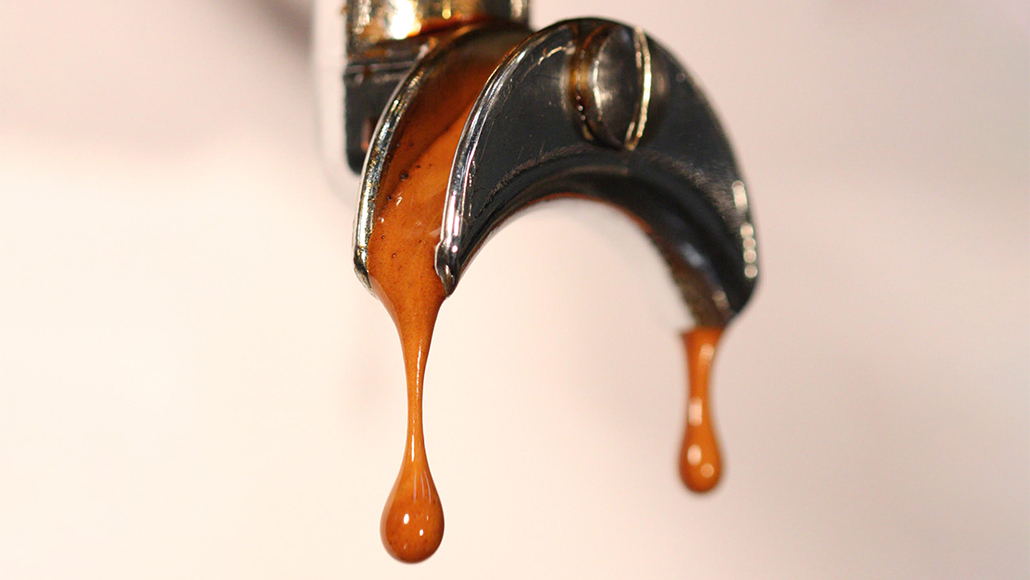
Computer simulations and experiments are offering new insight into brewing more consistent, less expensive shots of espresso.
Five Senses Coffee (Australia)

Computer simulations and experiments are offering new insight into brewing more consistent, less expensive shots of espresso.
Five Senses Coffee (Australia)